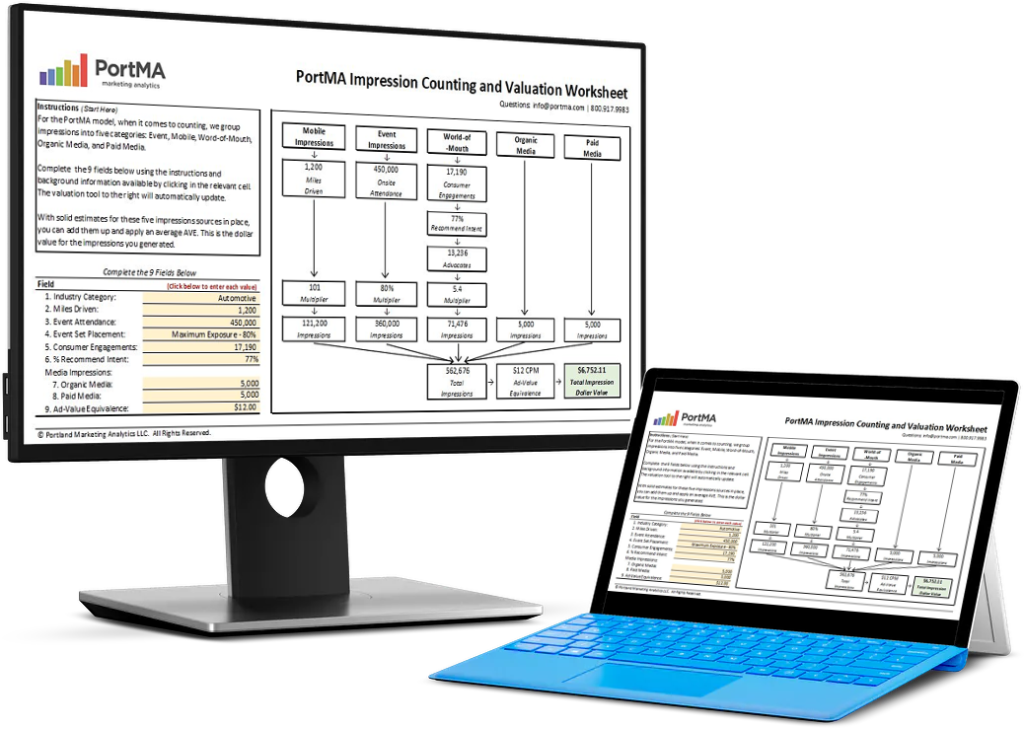
As clients and agencies got more comfortable working with data, not everything was smooth sailing. Marketers were excited about seeing the potential and the quality of recommendations that were being made. However, it was easy to overshoot the target and overdeliver. Some clients simply wanted to see the data and run with it. Others wanted the whole package, including insights, directions, and strategic opportunities. Put simply, they wanted to know what their agency could do for them. This shift led to the emergence of longtail brands.
We continue our discussion with Matt Carle, VP Partnerships at GMR Marketing, about the future of data analytics and how longtail brands shape their markets. Below are the insights Matt shared with us. If you missed Part One, you can find it here.
Estimated reading time: 4 minutes
The Advent Of Longtail Brands
For several years, data analysis at this level seemed reserved for large brands. However, as digitization changed the way businesses view data over the past ten-or-so years, analysis changed, too.
First, data and data analysis became more decentralized and accessible to companies of any size. Then, as some of the people who had been at the forefront of correlating sales and engagement were changing jobs, they took their knowledge with them.
In some instances, they moved from bigger brands to what I have come to call longtail brands.
So, what are longtail brands?
They are the ones challenging legacy brands. Look at any industry, and you are likely to find a seemingly untouchable legacy brand. Take mattresses, for example, Serta is the undisputed legacy brand. But then came Casper, and then Leesa, and they started with longtail market shares.
Gradually, though, and with the help of data, they started increasing their market share, eventually really taking a bite out of the legacy brand’s share of the cake. This is an exciting development we are seeing across many industries.
Data and digital technology are the reasons small businesses can outsell larger competitors. They look at the data to understand who their market is and what they are looking for, and then they deliver that product.
They are nimble, fast-moving, and avoid getting stuck in patterns of what they have always done. It may sound too simple, but the concept is to identify people who have needs and desires that align with the brand. Engaging with those desires helps create an emotional connection that can be stronger than the connection with legacy brands.
Some of the top longtail brands are using the new tools available to them to their optimum, and this is how they are succeeding. They are authentic in their branding, presentation, and language.
(You can listen to the full episode of the podcast below.)
A Thought For The Future
With great insight comes equally great responsibility. As marketers fully understand the potential of the information at our hands, we also need to develop the tools needed to prevent abuse.
All of us have seen how data and data analytics can be used to manipulate almost anything from a simple document to the outcome of an election. Within our industry, we need to evolve the use of data under great scrutiny and transparency.
Honesty is perhaps the most important factor when it comes to getting this right. When organizations behave like data predators it creates skepticism about the entire industry. Not only does this damage the reputation of marketing, but it also endangers carefully built relationships with clients and customers and sometimes damages them irreparably.
Customers have come to understand that “free” does not mean free on the internet. Rather than letting them find out slowly for themselves, why not be upfront? They may still be users, but they are now wary users.
Instead, here are a few suggestions for brands getting into data:
- Make the trade-off clear: tell customers what you are using their data for and why.
- Resist hiding this information in cleverly worded terms and conditions – just talk to people.
- Prioritize data safety: customers have entrusted you with their personal information. It’s your job to safeguard it.
- Deliver on your promises: if you claim you gather data to deliver a custom experience, blanket emails are not good enough.
For more information on GMR Marketing visit their website at www.gmrmarketing.com.

Download the Free Spreadsheet Tool
CALCULATE THE DOLLAR VALUE OF EVENT IMPRESSIONS
PortMA Impression Counting and Valuation Worksheet
Download this spreadsheet and complete the fields for your campaign to get a clear count of your activation impressions translated into a Dollar Value of Marketing
Impression Spreadsheet
